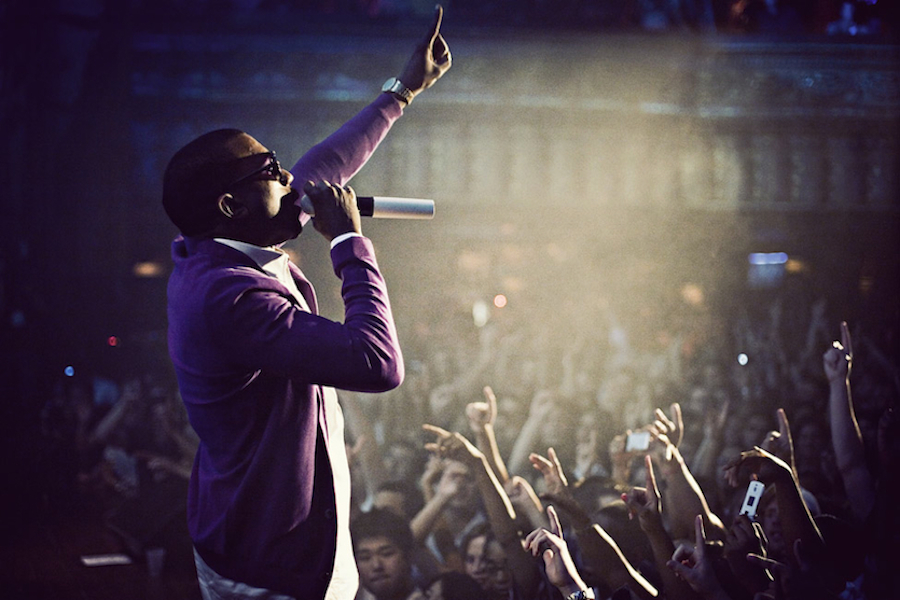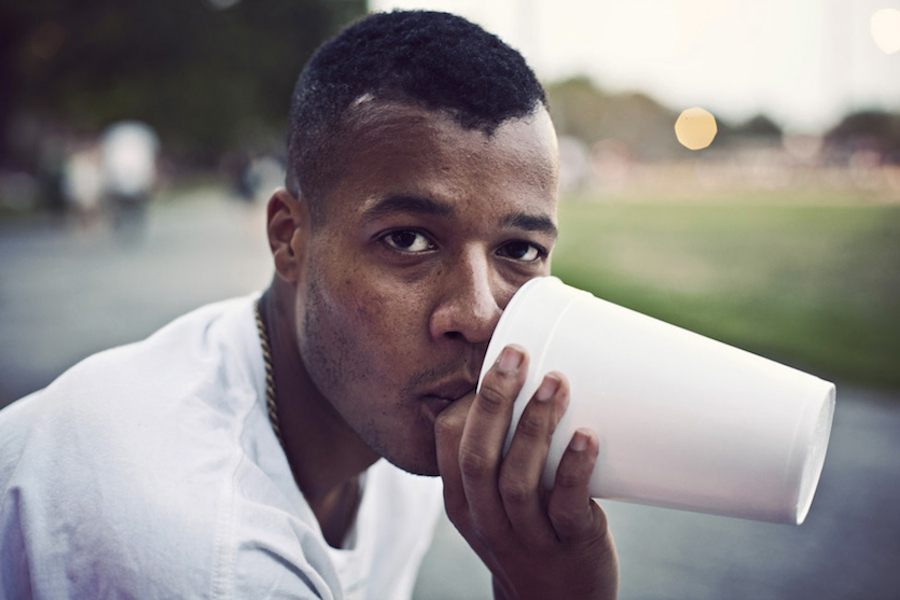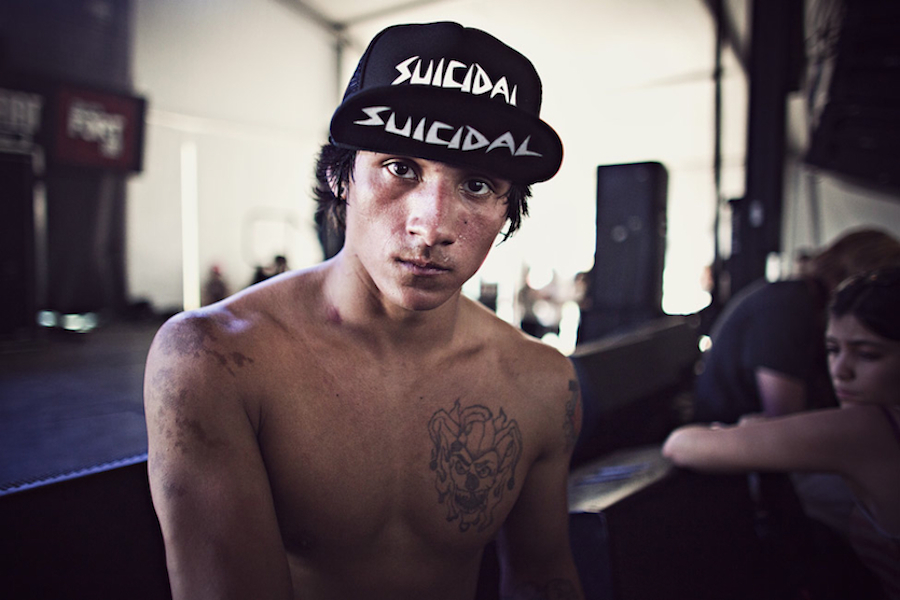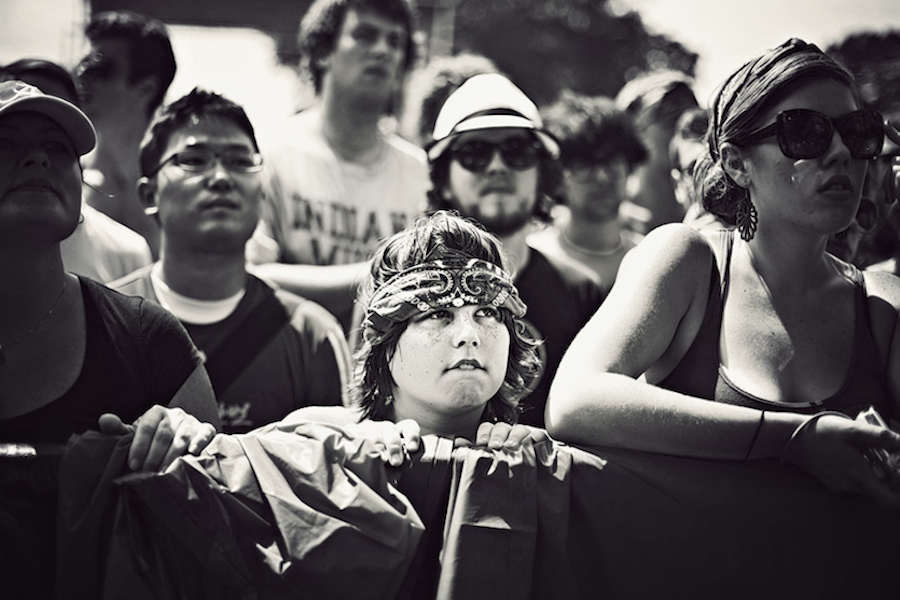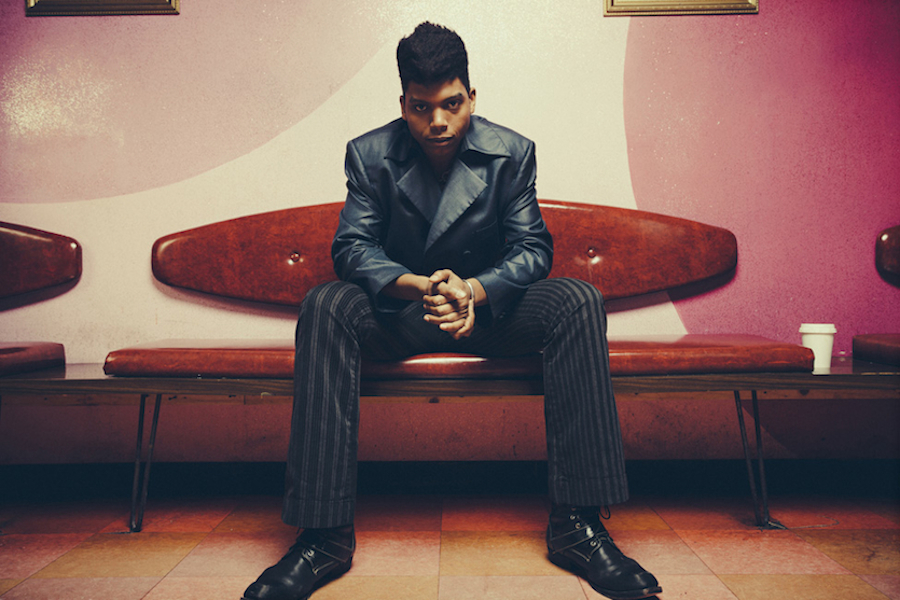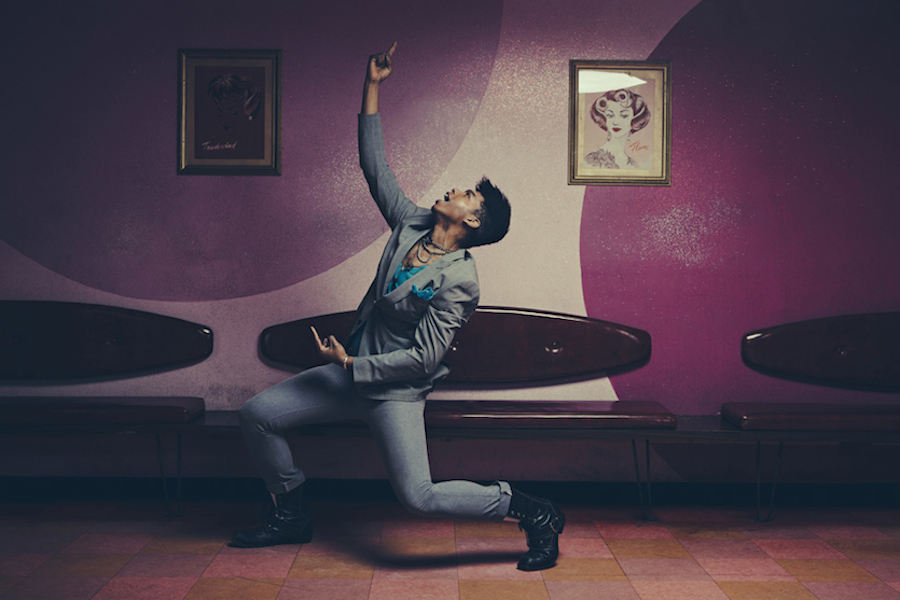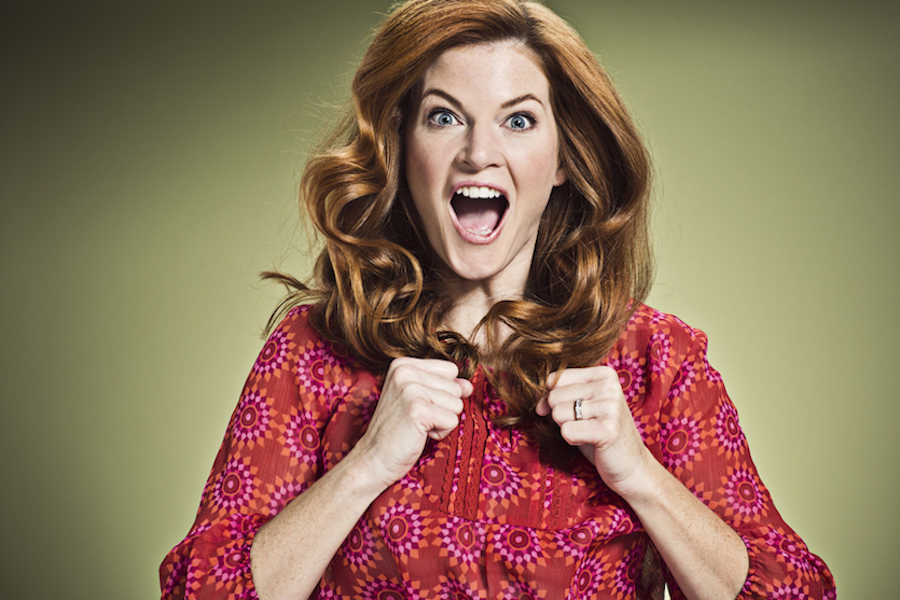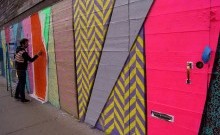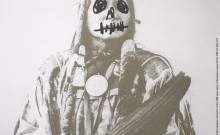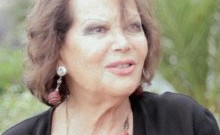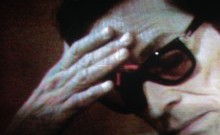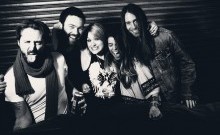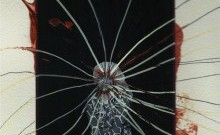Capturing Character
Some called it Vanity. Some called it a social movement. But what began as an experiment in nightlife photography became the biggest brand in the Chicago party scene, where Everyone is Famous.
Clayton Hauck did not originally set out to be a photographer. It was something that happened naturally, as he picked up a digital camera and wandered in search of a couple free beers and an escape from the grueling hours of his day job in the film industry. But in a time when social networking was beginning to boom and photography itself was changing at its very core with new technologic advances, Hauck’s attention to detail and fly-on-the-wall approach began to manifest. With his site Everyone Is Famous, he captured the essence of his subjects in a single moment of time, launching a brand name by creating seemingly perfectly constructed portraits amongst the candid chaos of Chicago’s nightlife, from VIP sections and backstage to the sweaty house parties of the underground “it” crowd.
Now after shooting such high profile subjects as Kanye West, Derrick Rose, and President Obama and with an extensive clientele that includes Conde Nast, the Chicago Tribune, USA Today, Vice and the New York Times, Hauck recounts how he honed his skills from nightlife to real life.
Kelly Mellott: When you began doing party photography, what got you started? What set this type of work apart from other portrait work – are you trying to capture more of the moment?
Clayton Hauck: It was sort of an organic beginning. I saw a few similar websites with “party photos” in cities outside Chicago but didn’t see anything like it here so I filled the void. That whole genre really exploded a few years in and got stale, so I was lucky to get in early. It was a great learning ground for me though, I had access to way more subjects than I did when shooting on the streets just because it was more acceptable to be photographing strangers in the bars. And yes, I made it my goal to capture the candid moments as opposed to simply having people pose for a photo. Really, those party photo years were my schooling.
KM: How did you launch the brand Everyone is Famous – do you think this helped to separate you from other nightlight photographers in Chicago at the time?
CH: At first I was just posting all the photos to a section on my personal page. I guess I intuitively knew that a strong brand name would help sell the package and one day the name just clicked. Luckily, it was still early enough in the Internet years before every domain name imaginable was registered.
KM: When Everyone is Famous was really taking off, so was Facebook and social media – do you think this helped get your work out to more people because your photos were being shared more easily? Do you think tools like Instagram have changed the “genre” of party photography?
CH: No doubt social media helped. At the end of the day, good work is more likely to be seen because of it, but when you can post photos with your website name attached and directly tag people, it helps with exposure quite a bit. As for Instagram, I love it! I think photography in general is in a strange, shifting landscape right now, first because of digital cameras and now because cameras are on everything. Everyone is a photographer (domain name still available!). Some people who get paid to take photos might be threatened by this, but at the end of the day, there is so much more to it than being able to take a few cool photos with fancy filters. Personally, I like how accessible photography has become.
KM: In your portrait work, how do you capture someone’s personality and add your own style at the same time?
CH: I’ve come to the conclusion that a photographer’s “style” comes out organically in their approach to a shoot. Often, I’ll wrap a quick shoot and realize there wasn’t a moment where I planned anything. It just happens. As for capturing someone’s personality, I try my best to get people to relax and be themselves. It can be harder when shooting people who aren’t very comfortable in front of a camera, but the solution here is also sort of organic. It comes down to one human interacting with another.
KM: Your work really does focus a lot on people and your subject’s spirit – would you describe yourself as a “people person” and how does this influence your portfolio?
CH: It’s funny; I’m normally very introverted and shy around people I don’t know. The camera definitely allows me a way to be more outgoing and engaging with people.
KM: For you personally, what is the most important element in setting a scene?
CH: Emotion, perhaps? I really like getting the subject to tell a little story through their expression. I also recently read that every good photograph has tension, which is an interesting thing to consider.
KM: What are the challenges working between candid and posed settings?
CH: The biggest trick is when a client wants your candid look but then tells you exactly how the photo needs to look. There are different strategies to each type of shooting but both are enjoyable. I prefer the fly-on-the-wall variety of photography. Assignments where I’m less of the focus and I have more freedom to move around as I please are my favorite. This kind of shooting requires good attention to your surroundings and anticipation. Jobs where you have a specific list of shots you need to get are more controlled. You have a crew of people with various tasks but it’s still your job to capture the unique moments. It varies drastically depending on the job and circumstances, but the main goal for me is providing a relaxing environment and building a good rapport with the subjects.
KM: What do you feel is the photographer’s obligation in his work?
CH: Whatever they want it to be. Some people use their work for change, some for profit, and others for personal enjoyment. Ideally, I think photography is a strong medium that can be a great catalyst for change and I hope to take advantage of that to do some good, in addition to simply bringing a smile to some faces.
